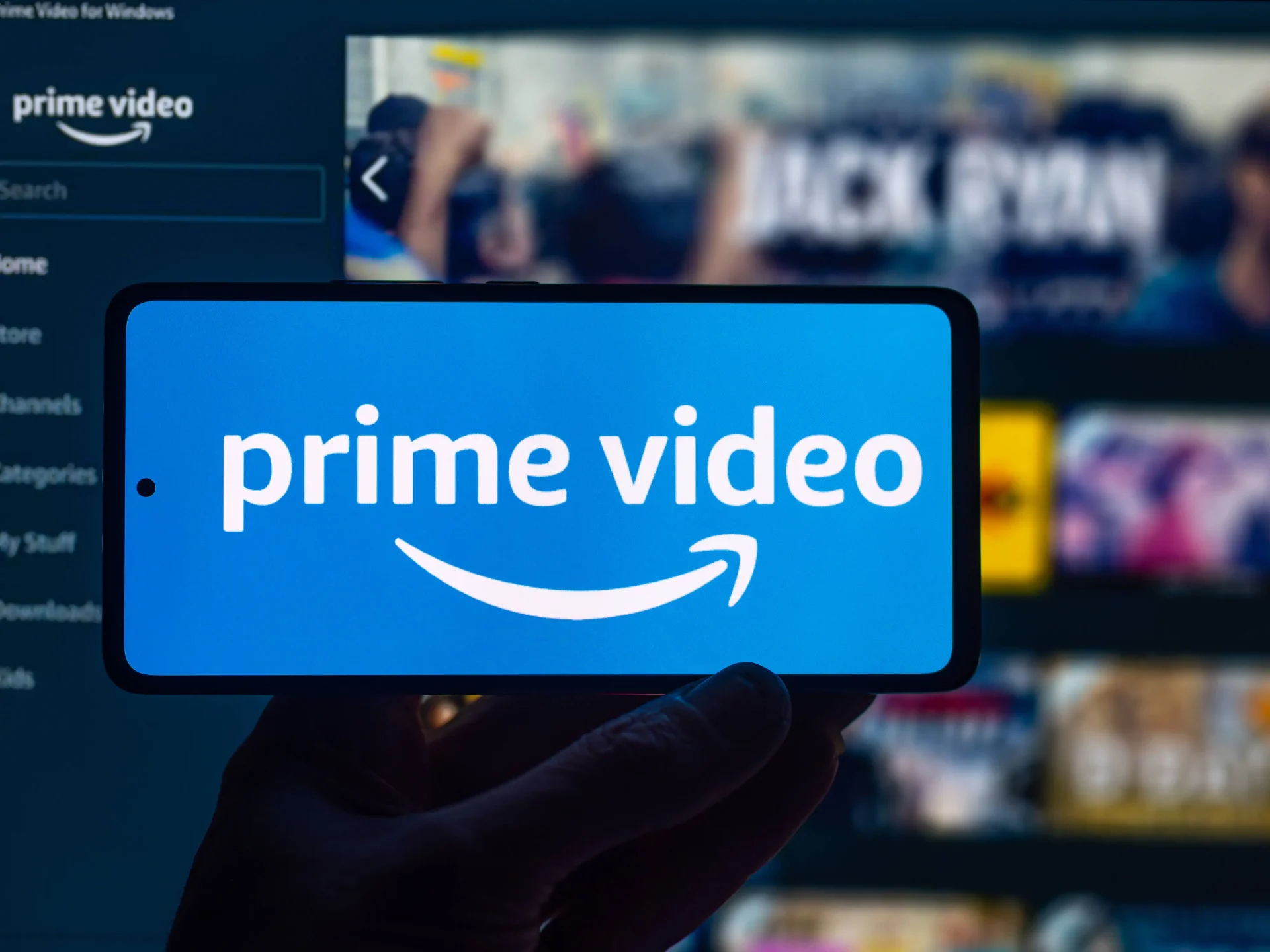
Following on from our PPC team successfully obtaining Search Ads 360 certification earlier this year, our in-house Programmatic team has also become certified across Display & Video 360!
This certification bolsters the7stars’ commitment to using the Google Marketing Platform to push clients’ media spend further and to use the platform in new innovative ways. The partnership means we can now tap into bespoke Google resources for Display and Video 360, such as platform alphas/betas, product roadmap updates, and unique training sessions with DV360 specialists for new tools and features.
Each member of the team has undergone individual training and certification for utilising the platform and has used this knowledge to deliver forward-thinking campaigns for our clients.
For this certification, the team submitted two different case studies where advanced implementation methods were applied.
Our first case study focused on supercharging Gousto’s YouTube acquisition activity with first-party data. The team utilised the client’s customer data in Bridge, our first-party data clean room solution, and matched these users with Experian data to enrich the client’s audience. By utilising a test and control methodology, we were able to measure the effect of the seed audience and optimisations made. The campaign was successful, and we were able to drive more sign-ups for the client and lower the CPA, outperforming the CPA targets set, and proving the value of enriched first-party data for programmatic buying.
Our second case study focused on Sustainable Performance and leading Froneri into a greener future of media buying. To measure and reduce the carbon emissions of the campaign, we partnered with Greenbids to use their custom bidding algorithm to optimise performance and reduce emissions, activating activity across more sustainable suppliers and devices without detracting from media performance. We used the same testing methodology to measure delivery and completion rates across the test and control segments in addition to a brand lift study. Through this campaign, we were able to drive a stronger VTR and lower carbon emissions by 40% compared to running without the custom bidding algorithm in place.
The programmatic team will continue to deploy advanced campaign implementations for our clients, making use of the new partnership benefits, materials, and beta offerings provided by Google. We can customise measurement and optimisation for our clients according to business goals, using bespoke data-driven attribution models, automated bidding strategies, and custom metrics. We will continue to grow the team to bolster our services offering and keep on top of the ever-changing trends in the programmatic landscape, taking into consideration sustainability and privacy as key areas of focus.
Becoming certified for Display & Video 360 alongside our existing Search Ads 360 certification means that our partnership with Google grows much stronger as we push forward with gaining certification across the rest of the Google Marketing Platform product stack. We aim to achieve more certifications and elevate our partnership level even further later this year.












Recent Comments